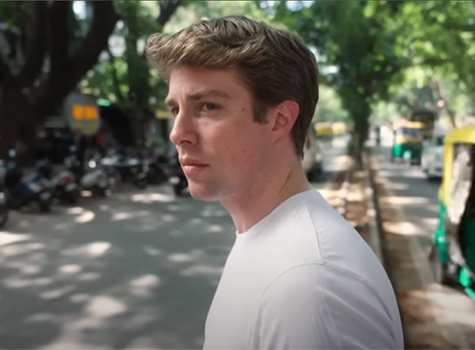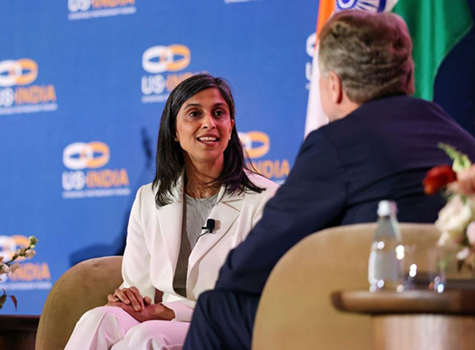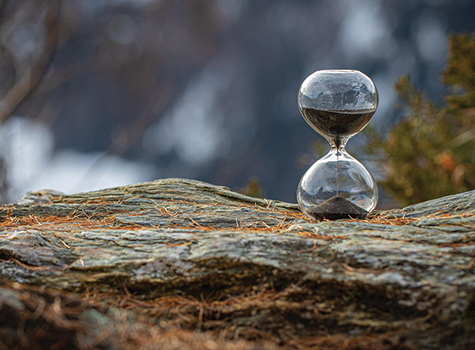By Jennifer Allen

When the original Queer Eye premiered in the summer of 2003, it wasn’t the first time people had seen LGBTQ people on TV. Far from it. There had been both queer performers and queer characters out there for some time. And actually, right around the time the new reality show premiered, the gay community was slowly being recognized as something other than a punchline or a target for prejudice.
Shows like Ellen, Will & Grace and others were letting the world know that just because someone is gay doesn’t mean they don’t share the same problems everyone else does. Still, the idea of showing an LGBTQ person on TV in this fashion was still relatively new.
Also around this time, reality shows were still in their infancy. Beyond competition shows or “let’s put strangers together and film what happens” ones, makeover shows were just becoming a trend. The early 2000’s gave us a new obsession with consumerism that had not been a thing since the 1980’s. We loved to see people buying things. We loved to see people flaunting that they bought said things. More importantly we loved people buying things “on the cheap” that looked expensive.
Banking on this new makeover trend, 3 co-creators decided to try something different. Do a reality show that’s one-part makeover, and another part “see how the other half lives.” David Collins, Michael Williams, and David Metzler made “Queer Eye for the Straight Guy” for the Bravo TV Network. Collins got the idea while visiting an art gallery and overhearing a woman scolding a man’s attire, and suddenly three gay men in attendance came over and proceeded to “fix” his unkempt appearance in a matter of seconds. Soon… a phenomenon was born.
What made this new show so addicting was that you not only saw five gay men traveling around New York City and Dallas, TX to help men find their mojo. It also showed the in-between moments of how this happened. You had Kyan (Grooming), Ted (Food), Jai (Culture), Thom (Design), and Carson (Fashion) who would tackle each aspect of what would and could make a man more approachable. Each episode was a story into each straight man’s life and how he got to be in his current predicament of “frump”.
The show became so popular that it won an Emmy award in 2004 and GLAAD awards in 2004 & 2005. It also spawned numerous International versions in Europe and South America. Sadly the original show ended in 2007 but all five of the original cast members are still active doing other shows.
Fast forward to 2017. Netflix acquires the brand to try out on their streaming service. Instead of New York City, the new environment is right down the road in Atlanta, GA. Luckily in the 10 years since the original show ended, great strides have come about in the general acceptance of the LGBTQ community, so the original premise needed to be tweaked a bit. This new version first off dropped the whole “for the Straight Guy” part. While most of the episodes do feature straight men, the new show doesn’t only focus on that. The first season features a gay man who needs guidance in coming out to his family. The second season features both a woman and a transgender man.
This new version of Queer Eye also shows not only the process of how the Hero is reimagined but also helps to show its viewers relevant topics in the world today. Everything from religious homophobia, family expectations vs reality, racism, to conflicting political views are discussed. What’s more important is that these topics are freely discussed between the Hero and various members of the new Fab 5.
You see grown men (both gay and straight) opening up on camera in ways that they probably would never have done otherwise. The most beautiful thing is that these displays of emotion are not shunned. Instead they are embraced. Not only do many of the Heroes learn something to open their eyes and turn away from the emerging polarization in today’s climate, but the Fab 5 themselves have moments where they must break through stereotypes and learn as well which makes the overall experience all the more heartwarming and real.
The new Fab 5 are Johnathan (Grooming), Karamo (Culture), Tan (Fashion), Antoni (Food), and Bobby (Design). This cast is much more diverse with a black man of Jamaican heritage raised in Texas, a Canadian of Polish descent, a Pentecostal raised in Missouri, a Pakistani Muslim born and raised in England, and a male cheerleader who dropped out of college for watching too much “Golden Girls” as his excuse for not going to class (no I didn’t make that up).
There are a few episodes that really stand out in the first 2 seasons.
In season 1, there is an episode with Neal, an Indian-American programmer with whom Tan shares a bit of kinship with. There is also Cory, a policeman whom Karamo speaks with regarding the current violence between the Police and the African-American community. And there’s AJ who (at first) is a closeted gay man who needs just a little push to build up the courage and tell his family about who he really is.
In season 2, we meet Momma Tammye. Trust me when I say that she is a beacon in all things amazing and you will not be the same after watching this woman and her infectious personality. The Fab 5 also meet Ted, the young Mayor of Clarkston, GA; a man who wants to let the world know that there is a place of tolerance and acceptance for all races, orientations and religions in the Southern United States.
Each season is 8 episodes each and Seasons 1 & 2 are available on Netflix as of August 2018.
It will make you laugh. It will make you cry. It will tap into a place where we are all given just a glimpse into the differences that make us all human, and the acceptance we can all experience and share with the rest of the world.
——–
Jennifer Allen works at Saathee and is also a Podcaster, Blogger, Photographer & Graphic Artist.



